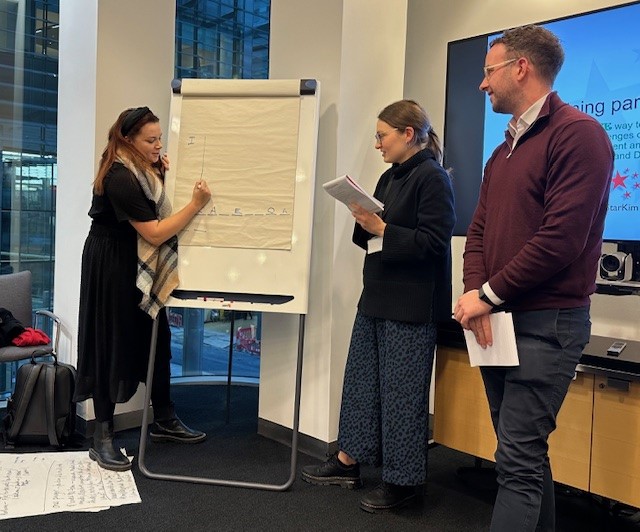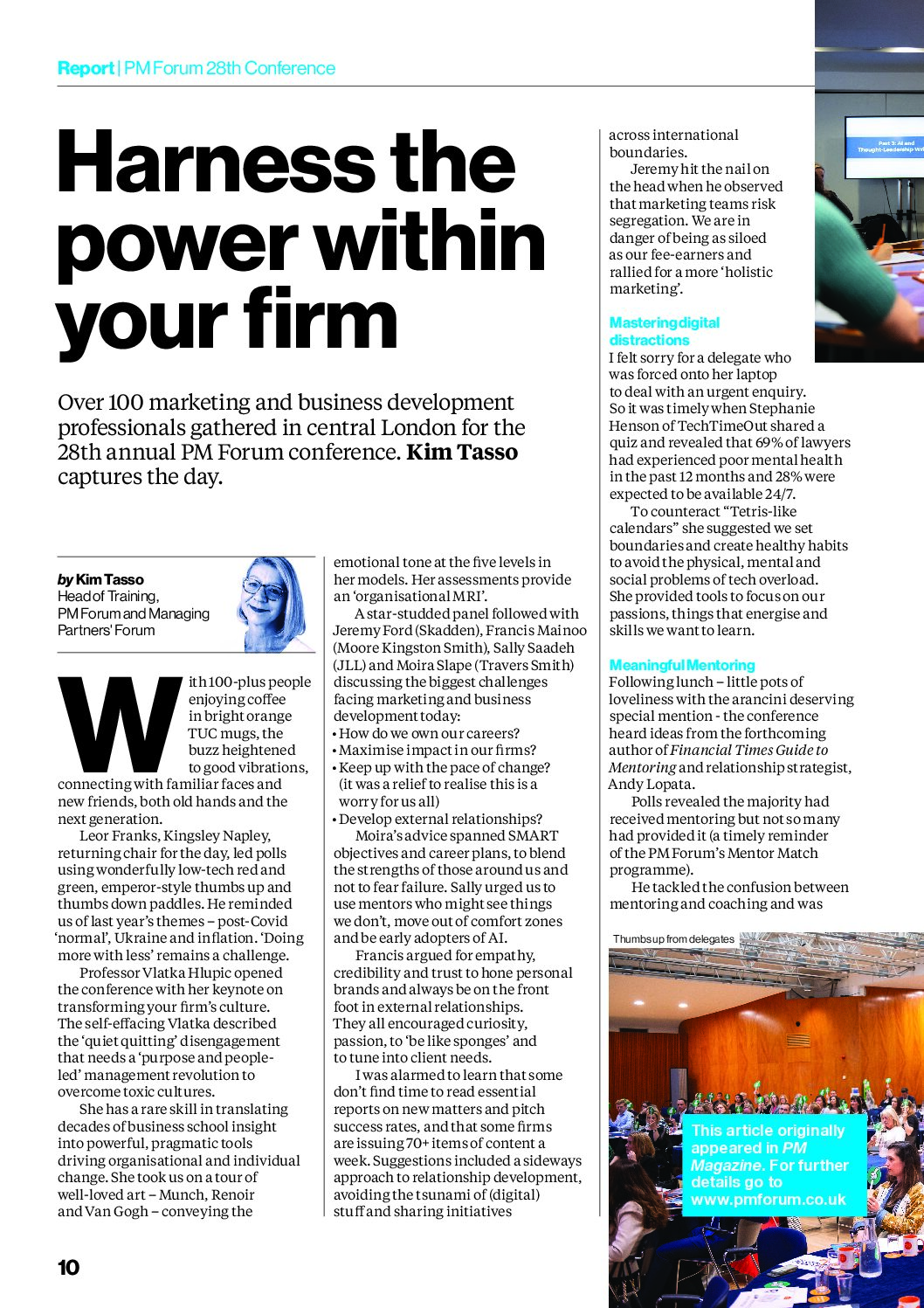The following article appeared today on LexisNexis UK “Future of Law” http://lexislegalintelligence.co.uk/intelligence/blawg/2013/05/law-firms-still-missing-a-trick-with-apps/
In June 2012 I published a White Paper titled “UK law, accountancy and property firms – Are we missing the mobile revolution?”. The main points discussed included:
Most UK law firm app development appeared to be focused on supporting lawyers in their work rather than extending or enhancing the service provided to law firm clients. For example, www.lawsauce.net which is e-resource locator locates the right web resource for legal tasks, Crimeline is a law database search and Legal Eye’s http://www.legal-eye.co.uk/ app that delivers the guidance on client care, compliance, risk management and training.
While there were a few apps by law firms, they were generally aimed at consumer legal services such as wills, personal injury (accidents) and family law. These were often poor quality – offering a little static information and an email form to request further information (ie lead generation for the author firms).
One or two of the apps were helpful in that they guided clients in what to do in certain situations and provided a place where relevant information (photos, contact details etc) could be stored. Manchester firm Croftens “accident” app was an early example and included geolocation technology to pinpoint the site of the accident. There were one or two other good consumer services apps – for example, on divorce and family law – such as that by Mills & Reeve. However, these apps often just presented static information – some with nice interactive graphics – about the legal process.
The majority of apps were either free or priced at around 99p to 299p – and the micropayment model did not support the relatively small number of downloads of legal apps.
On the commercial services side, there were good apps in the areas of employment (eg 36 Bedford Row, Eversheds and Squire Saunders), only US guides for intellectual property and only the Allen & Overy global investment flows app for the financial market.
Whilst I highlighted the potential opportunity, I indicated that firms should perhaps first pay attention to ensuring that their main web sites were mobile enabled as a surprising number simply didn’t work on this increasingly important platform. No firms appeared to have explored the possibility of using apps to integrate with their proprietary private networks/extranets.
Hardly any apps used the available technology to embed videos, gather information before meetings, store relevant financial and legal documents, embed legal document automation, provide e-learning or monitor social media mentions (of value in reputation monitoring services for defamation practitioners). Gaming technology, which offers fabulous opportunities to simulate business scenarios where legal issues could be identified and managed, wasn’t used at all.
I also advised firms to consider their strategic aims and context before embarking on app development projects – particularly with regards to how apps could provide additional client value, be part of a new product/service development initiative, really differentiate their offering or “lock in” clients to their service.
Since then, I have been alerted to some more commercially oriented apps – such as those for outsourcing by firms such as Stephenson Harwood and US firm Pillsbury Winthrop Shaw Pittman. It seems that the key to an effective app is to be focused on the market segment being targeted and offering expertise and real client value in a very specific area of law.
One or two of the larger professional firms have since deployed app technology to add value to clients attending major conferences. These apps contain programme details, session documentation, biographies of speakers, links to appropriate web sites and some even provided information about facilities close to the venue. Other large firms have seen the potential for helping graduates navigate the recruitment milk rounds, with apps to help young lawyers organise information about interviews, comparable packages, firms of interest and their preferences. But there has been little further development in this area.
So it seems that this technology – which is becoming more affordable each day – and the mobile channel has not been seized by either consumer or commercial law practices to make an impact on their profile, clients’ issues or profits. With the concerns about the reduction in Legal Aid and the increasing commoditisation of legal services for both consumers and small and medium sized enterprises (SMEs) it would seem that UK providers of legal services are still missing the mobile opportunity.









